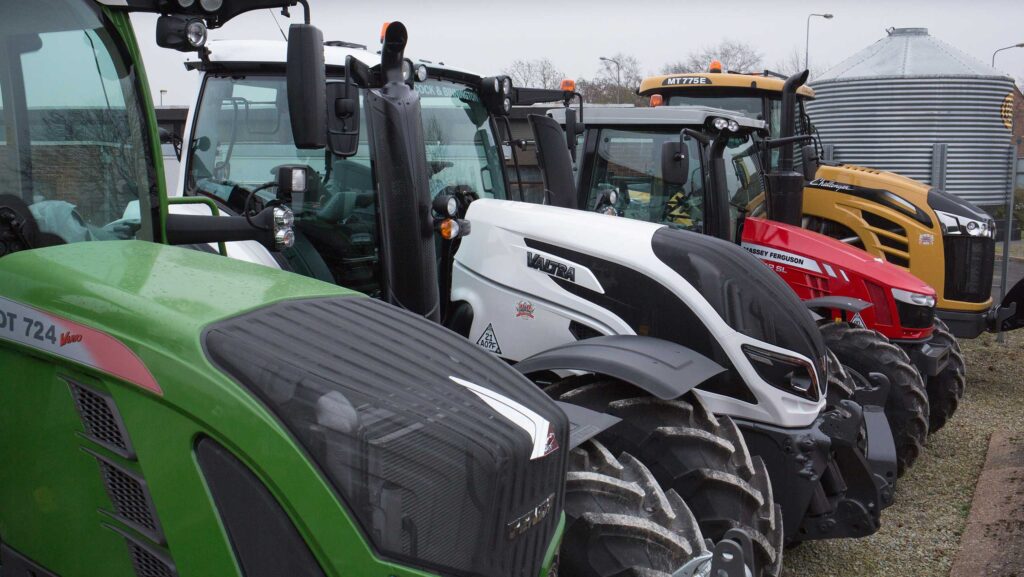High-power tractor demand slumps in 2025
 © Tim Scrivener
© Tim Scrivener Demand for high-power tractors has declined compared to the same period last year, caused by a lack of confidence within the industry.
About 30% fewer new tractors in the over 240hp category were registered, compared to January to September 2024, according to figures from the Agricultural Engineers Association (AEA).
The latest total highlights that just 606 units have been sold in the past nine months, compared to 865 in the same category the previous year.
See also: First-half tractor registrations down 25% on average
This, the AEA said, is in sharp contrast to the same period in 2024, which saw registered machinery of over 240hp increase by 14% compared to 2023.
Below this power level, the year-on-year decline in 2025 so far is only 11%, with registrations in the 121-160hp range down 5%.
Consistent pattern
The pattern remained consistent over the past three months, with the upper end of the power range still facing significant year-on-year declines (-15% for machines over 240hp).
The decline in the high-power range is two-fold, said AEA economist Stephen Howarth.
“The high-power range had a good year last year, because of the supply chain issues from the pandemic.
“That meant machinery was finally being delivered last year and drove up registrations,” he explains.
Mr Howarth added that the arable sector faces tough decisions, which contribute to the decline in registrations for the high-powered machines this year.
“That sector had three disappointing harvest seasons, and they now have to make tough decisions and are putting off buying,” he told Farmers Weekly.
Middle power range increases
In contrast, registrations in the middle power range (101-150hp) were 11% higher than in the third quarter of 2024, and there was also some annual growth in the 201-240hp range.
“These trends probably reflect the very different financial situations facing the arable and livestock sectors this year,” added Mr Howarth, but warned that registrations remain relatively low across the power range.
“Sales are still not as strong as they have been by historic standards, and that shows a real ongoing lack of confidence throughout agriculture.
“Livestock and dairy, as well as mixed farms, had a much better financial year, but they’re still holding off buying,” he added.
Registration also varied by region, with the Midlands and East of England experiencing the largest decline, along with North Wales, Northern Scotland, and Yorkshire, which also recorded significant year-on-year drops.
